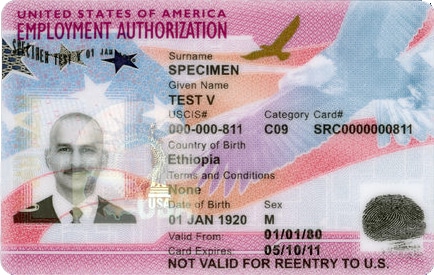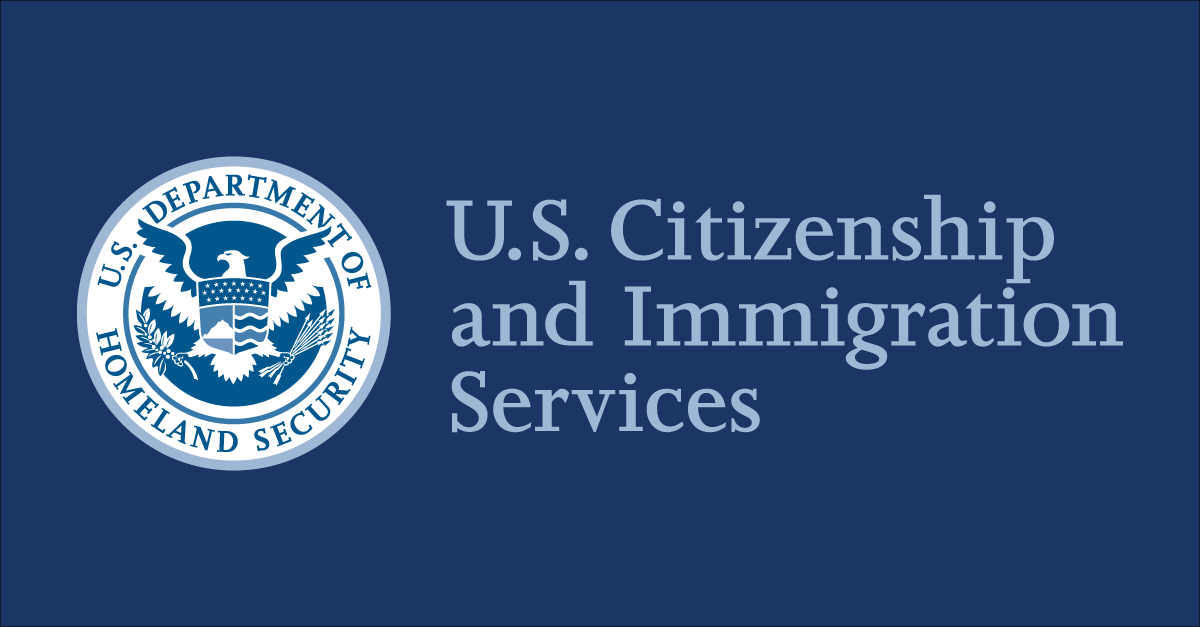Most permanent residents must have four years and nine months of residency in order to apply for naturalization. The general rule is that someone can apply three months before the required time period, which is usually five years. As such, four years and nine months would be the earliest date to file.
There are a number of exceptions and variations on this general rule, some of which allow people to file even earlier, depending on their circumstances.
Filing for US Citizenship early based on marriage to a US Citizen
There is an important exception to the general five-year rule for spouses of US Citizens. If they meet all the requirements, spouses of US Citizens can apply for naturalization in two years and nine months. This is because they are permitted to apply in three years rather than five, and they can also take advantage of the three-month early filing law.
Spouses of US Citizens should carefully review the requirements to make sure they qualify for naturalization early, including:
- The spouse must remain a US Citizen until the spouse becomes a US Citizen at the oath ceremony
- The spouse must have lived in a marital union for three years prior to filing, which is not subject to the early-filing period. This may be an issue for spouses who married US Citizens after becoming permanent residents, rather than becoming permanent residents through marriage to a US Citizen.
- The spouses must reside together and live in marital union up until the date of the oath ceremony, unless there are compelling reasons for living separately.
- This early filing period may not be possible in the event of divorce, annulment, or death of the US Citizen spouse.
Filing for US Citizenship early based on a VAWA self-petition or abuse by a US Citizen
The early-filing period for spouses of US Citizens also applies in some cases to people who were abused by US Citizen spouses. This may be possible even if the spouse has since divorced the US Citizen. USCIS will allow certain spouses to file if they became permanent residents based on:
- An approved I-360 self-petition as an abused spouse of a US Citizen
- An approved I-360 self-petition as an abused spouse of a lawful permanent resident who later became a US Citizen
- Approved beneficiaries of special-rule cancellation of removal where the abusive spouse was a US Citizen or in some cases an intended spouse
- Marriage-based residency applications where an I-751 removal of conditions application was approved on the basis of battery or extreme cruelty by a petitioning citizen or lawful permanent resident
Filing for US Citizenship early based on a relationship to a member of the US Armed Forces
Spouses of US Citizens who are residing abroad and in the employment of the US Government can sometimes file without any specific period of time as a permanent resident, so long as they are residents. This is a common situation with spouses of members of the US Armed Forces. The naturalization ceremony typically must occur in the US, and certain modifications are possible for conditional permanent residents as well.
There are other options available to spouses and children of members of the US Armed Forces, veterans, and members who died in active duty. It’s important to review some of these less common options with a lawyer in order to determine eligibility and discuss the process.
Filing for US Citizenship based on current or prior service in the US Armed Forces
In recent years, most people must become US Citizens before or shortly after joining the US Armed Forces. There are some exceptions to this. However, in previous decades, some people joined the US Armed Forces and served in active duty without ever becoming US Citizens. Some people never even had lawful status to begin with. If that individual served during a period conflict (including 09/11/2001 to the present date), they may qualify for direct naturalization without ever becoming a permanent resident.
Backdating of green cards and filing early for US Citizenship
Certain permanent residents receive their green cards dated to before the actual date of approval. As long as USCIS has correctly dated the green card, this is normal and that date can be used to figure out when they can file for naturalization. USCIS does sometimes make errors with the dates on green cards, so it is always important to compare that date to the actual date of approval and the applicable law for the type of residency application. Green card backdating usually applies to only certain case types, such as:
- Cuban Adjustment Act green cards (date of arrival or 30 months prior to green card approval)
- Refugees (date of entry to the US)
- Asylee green cards (one year prior to date of approval)
- Lautenberg parolees (date of parole into the US)
If the green card has been dated incorrectly, it does not affect the actual date of eligibility for citizenship and the applicant should review the issue with a lawyer.





